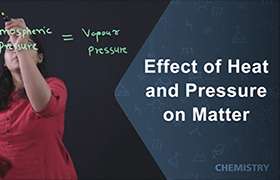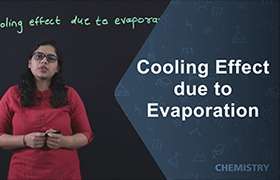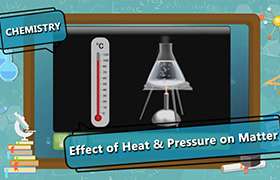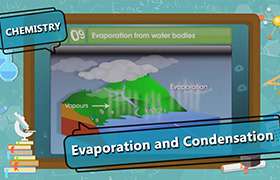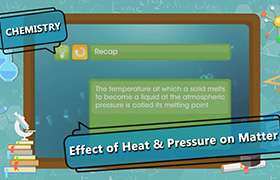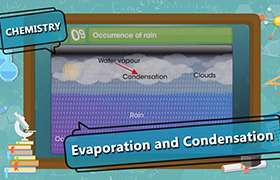CBSE Class 9 Answered
Two latent heats (or enthalpies) are typically described: latent heat of fusion (melting), and latent heat of vaporization (boiling). The names describe the direction of heat flow from one phase to the next: solid → liquid → gas.
The change is endothermic, i.e. the system absorbs energy, when the change is from solid to liquid to gas. It is exothermic (the process releases energy) when it is in the opposite direction. For example, in the atmosphere, when a molecule of water evaporates from the surface of any body of water, energy is transported by the water molecule into a lower temperature air parcel that contains more water vapor than its surroundings. Because energy is needed to overcome the molecular forces of attraction between water particles, the process of transition from a parcel of water to a parcel of vapor requires the input of energy causing a drop in temperature in its surroundings. If the water vapor condenses back to a liquid or solid phase onto a surface, the latent energy absorbed during evaporation is released as sensible heat onto the surface. The large value of the enthalpy of condensation of water vapor is the reason that steam is a far more effective heating medium than boiling water, and is more hazardous.

